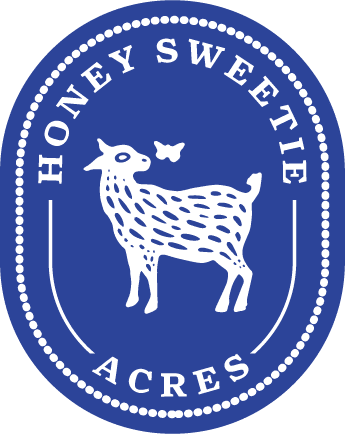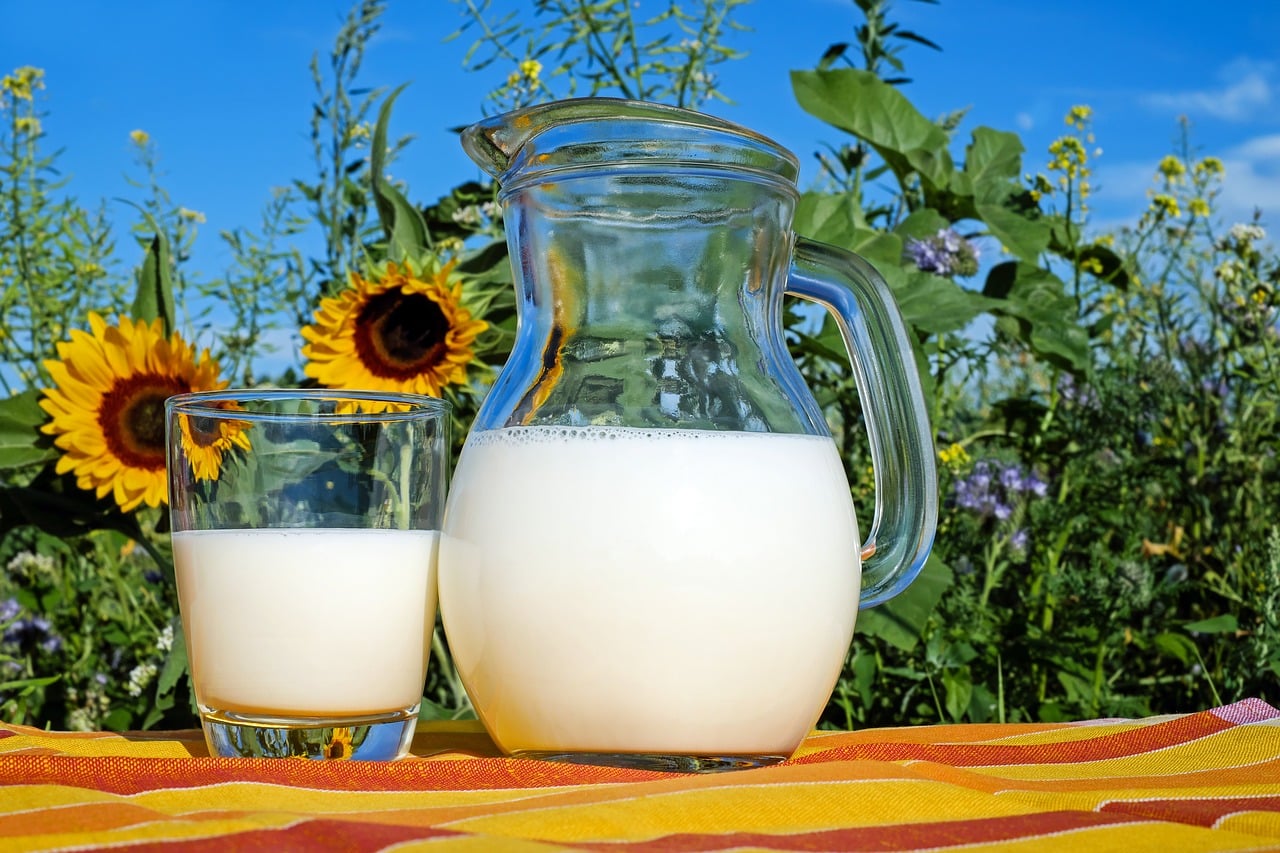When discussing the history of raw milk, one cannot dismiss the first historical resource which is the Bible. There are frequent references to milk in the Bible. It was a desirable and respected food, equal to wine as a symbol of celebration. Passages in Exodus bringing the Israelites “into the land flowing with milk and honey”, attest to the high regard for milk during ancient times. There are no references to raw milk safety or concern over its use.
For hundreds of years, most people lived in country or rural settings rather than crowded cities. Families raised their animals and simply drank the milk of their own cows, sheep, or goats. Milk was a shared resource among neighbors.
Raw Milk Safety
Milk safety problems first emerged in the late 1800s when people began moving from the rural countryside to the city as part of the Industrial Revolution. People moved to the areas where huge new factories were starting, manufacturing everything people need in their daily lives.
In some of the first cities to grow, Boston, New York, Chicago for example, people brought their cows and other livestock with them but soon learned that city life was not conducive to farm animals. Cows were crowded into feedlots for ease of feeding, their diets switched to grain because they could no longer free roam on acres of land. Businesspeople began focusing on profits instead of what was best for the animals themselves. Feedlots became disgusting, germ-ridden, bacteria-laden, places and cattle life-spans began to decline.
Cows were fed the leftovers from grain brewing distilleries, instead of hay and the cows wound up malnourished. The cream was entirely removed which led to a blue-ish tint in the milk. Producers added chalk to force the color to move back to white. (When true whole milk from healthy cows was more of a vanilla color). During this time period in history, people were afflicted by cases of tuberculosis, typhoid, and diphtheria. There was no understanding of animal sanitation or the transmission of bacterial diseases.
Raw milk became the whipping boy for everyone who was sick. In the 1800s there were no epidemiological studies or tests to pinpoint the cause of disease. It is not fair to place all the blame on milk during that period in history because other foodstuffs obviously placed a role.
Bad drinking water definitely played a role as it was tainted with both human and animal sewage. Manure from horses being used for transportation filled the streets. By the early 1900s, many big cities were ravaged by disease. Water was used to wash fresh fruits and veggies thereby introducing salmonella and a multitude of other bacterium.
Pasteurization
Louise Pasteur developed pasteurization to help combat spoilage during the transport of French wines. Heating the liquid to kill bacteria and extend shelf-life moved from wines to becoming a food processing technique. A set of standard pasteurization conditions was defined. Ironically, Pasteur had nothing to do with milk pasteurization. Others took his process and applied it to milk. Ironically, French winemakers ended up abandoning the process because the heating affected the composition, which altered the taste of the wines.
Today, pasteurization means heating milk to 161 degrees for 15 seconds. These are the minimally acceptable FDA requirements for milk. A more intensive version for milk is pasteurizing at 171 degrees for 18 seconds. With all the concerns surrounding the destruction of beneficial gut bacteria and vitamins, processors came up with a “low temperature” method of heating to 145 degrees for 30 minutes.
What is interesting and confusing at the same time is the arrival of Organic Milk. Organic milk is created UHT or ultra-high pasteurization which means it is heated to 280 degrees for several seconds. This milk is lacking in any type of bacteria or enzymes. It is packaged in consumer-friendly aseptic boxes and can last for up to two months in the refrigerator without spoiling.
How is it that a natural food can be heavily processed and still be considered organic? This was vigorously opposed in the 1970’s. But when the National Organic Program standards were written in the 1990’s, they allowed pasteurized and homogenized milk to be labeled “Organic”.
Healthy Raw Milk
The industry has since learned that raw milk, sourced from healthy animals, milked with sanitation protocols (clean hands prior to milking, washing the udder, attention to the health of the cow, clean bottling and cold storage, and protecting the milk from exposure to other pathogens in the environment, created a superior product.
The USDA and the FDA see the raw milk movement as moving backward in time. But Real Food enthusiasts want just that. A move away from processed food and control over what they eat.
Steve and I have been drinking raw milk for the last 12 years. We have not been ill, not even a cold. Neither of us are on any long-term medications which is unusual at 62. Delve into the debate with a little research on your own.
Read “The Raw Milk Answer Book” by David E. Gumpert. Written in a conversational style to answer consumer questions, the author gets at the heart of the debate. He provides evidence for the health benefits and sound advice on sourcing this special food!


